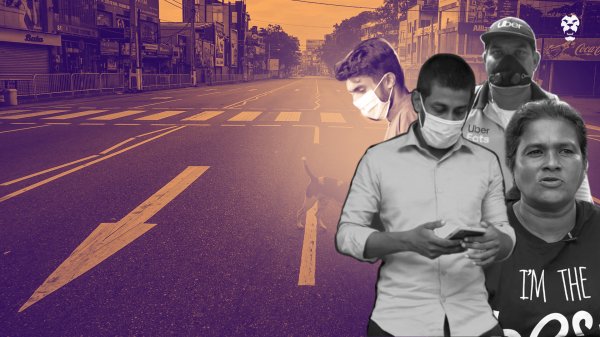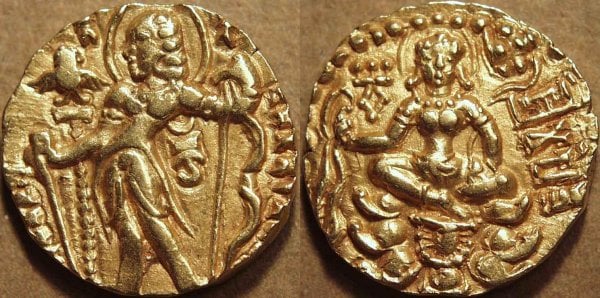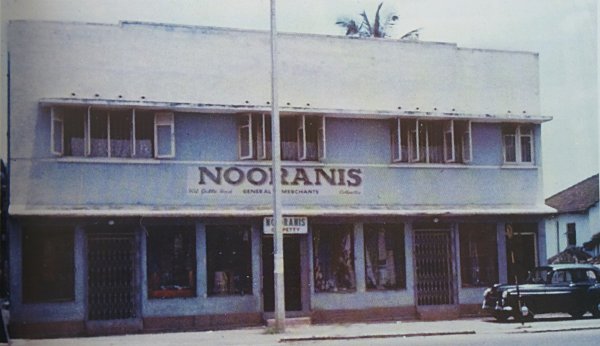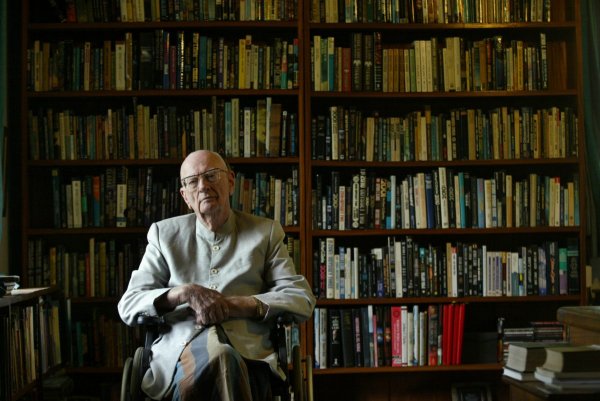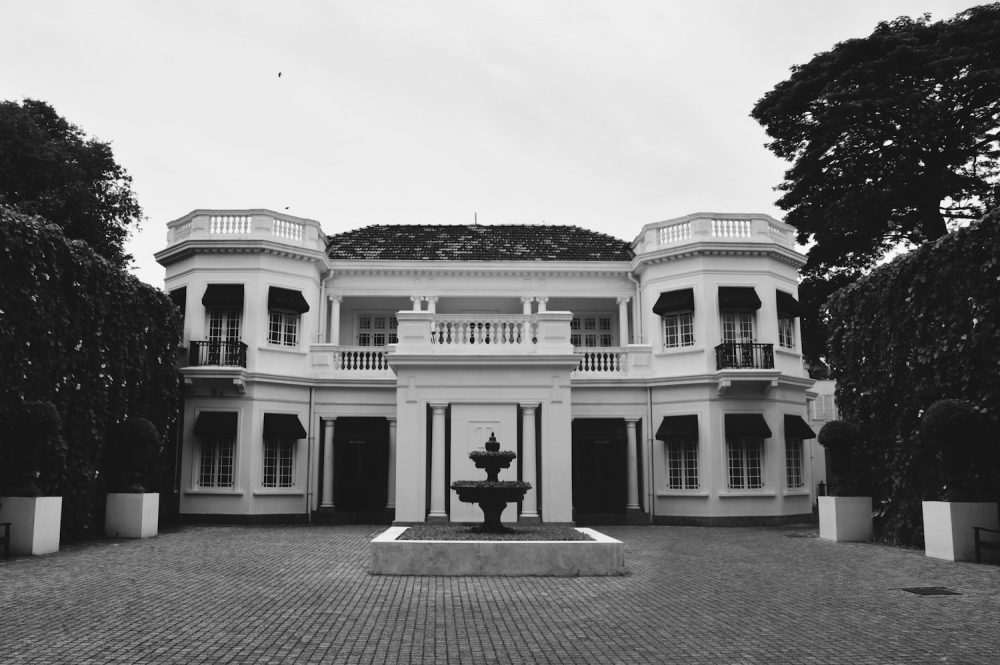
As far as grisly pasts are concerned, Colombo may come off as a surprising candidate. The modern façade of the city is dotted by many impressive structures, some colonial, and while most of them blend well into the modern metropolis ‒ you would probably have passed by, walked around, and admired these places ‒ some of the stories behind these places are grimmer than you may have imagined.
The Last King’s Desolate Cell
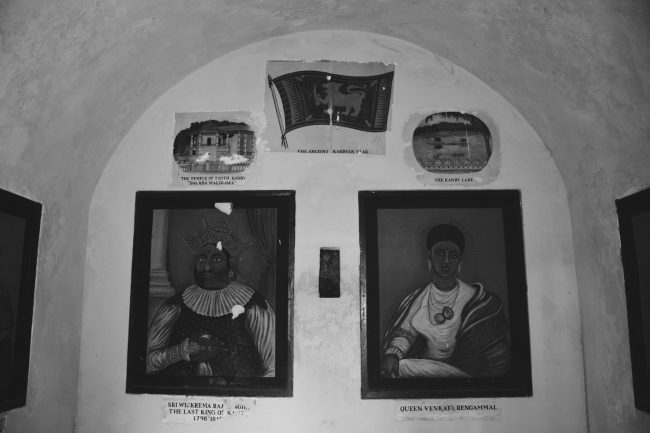
Inside the last king’s jail cell, which now serves as a monument of sorts. Image credit: Roar.lk/Minaali Haputantri
Within the premises of the Ceylinco Group Headquarters in Fort, and opposite the Bank of Ceylon, lies a small cylindrical structure several square feet in length. This structure once temporarily imprisoned the last King of Sri Lanka.
On February 18, 1815, Sri Wickrama Rajasinghe, the last king of Kandy, surrendered to Sir Robert Brownrigg, the British Governor for the coastal areas of Sri Lanka, then known as Ceylon. The British immediately invaded the hill country and brought the surrendered King to Colombo. He was then imprisoned in this cell near the south gateway to Galle in Colombo Fort.
The place is now a mini tourist attraction of sorts and is even visited by school children out to learn a bit of local history.
The Telecom Building That Fell Victim To A Bomb
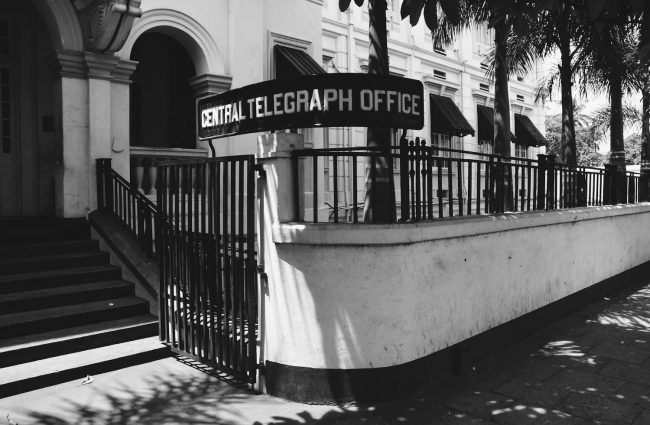
The Central Telegraph Office was bombed by the LTTE in 1989 and rumour has it that the place is haunted. Image credit: Roar.lk/Minalli Haputantri
In 1989, a bomb detonated by the Liberation Tigers of Tamil Eelam (LTTE) nearly toppled the Central Telegraph Office (now known as the Sri Lanka Telecom Building) killing 14 and injuring hundreds.
The Sri Lanka Telecom Building, which is situated along both Chatham Street and Lotus Road in Fort, adjacent to the giant statue of a hand holding a phone, was known as the Ceylon Central Telegraph Office and was constructed in 1911.
This building is remembered to this day as the place where Radio Ceylon began its initial broadcasts in 1923. However, this particular building makes our list due to the dark moment in its past.
The building suffered heavy damage after the bombing in 1989 and the restoration process was carried out for several years in a specific manner to make sure the building remained true to its original design.
Despite a successful restoration, the word on the street is that the building might possibly be haunted.
The Assassinated Prime Minister And The Boutique Hotel
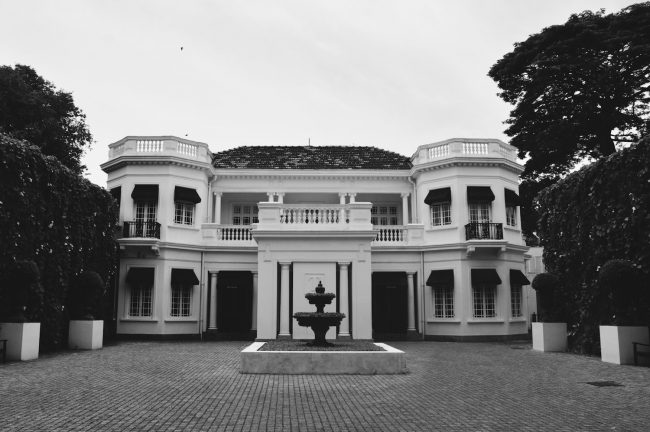
The Tintagel’s beautiful facade hides a rather sombre past. Image credit: Roar.lk/Minaali Haputantri
What could possibly be dark and grisly about a boutique hotel named after King Arthur’s very own castle? Possibly the fact that this was the place where Prime Minister S.W.R.D. Bandaranaike was assassinated.
Incidentally, Tintagel Colombo was at the time the residence of the Bandaranaike family, and was known as the Rosmead Walawwa at the time. The fatal shooting of the Prime Minister by a monk occurred on September 25, 1959.
This building has been home to two Prime Ministers, a speaker of the Parliament, and a President. It was regarded as a stately home, a walawwa meant for the leaders of this country.
Tintagel (Paradise Road Tintagel Colombo) was completed in 1930 and intended to be a residence for Dr. Lucien De Zilwa. Shortly afterwards, however, he was asked to vacate it for the British Military. The one hundred soldiers housed there took their toll on the walls of Tintagel and its owner then sold it to Sir Solomon Dias Bandaranaike who in turn gave it to his son S.W.R.D. Bandaranaike.
Three years after he became prime minister, Bandaranaike met with several of his supporters on the verandah of Tintagel. Among the guests was Ven. Talduwe Somarama Thero, who shot the Premier with a gun hidden in the folds of his robes.
The Prime Minister bled on the very steps of Tintagel and succumbed to his injuries the next day at hospital.
Today, Tintagel has been turned into a boutique hotel and due to its historical significance, it is a tourist attraction as well.
The Bank That Was Bombed
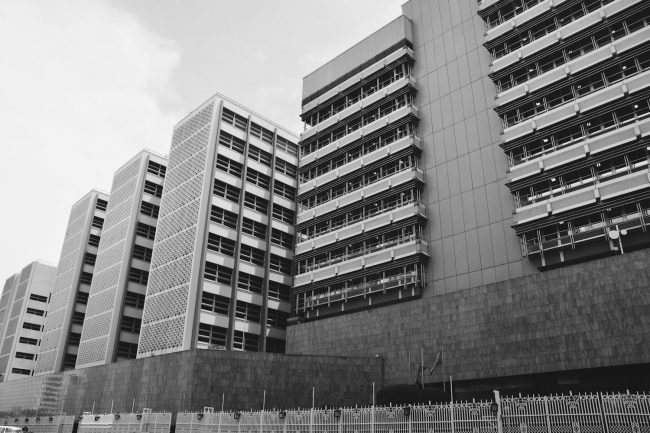
The Central Bank as it stands today. Image credit: Roar.lk/Minaali Haputantri
On January 31, 1996, ninety-one people were killed and over one thousand were injured when the LTTE sent in a suicide bomber into the Central Bank of Colombo.
The LTTE drove in a massive truck loaded with 440 pounds of explosives and detonated it. The explosion was such that it caused damaged to eight other buildings in the vicinity and left a crater eight feet deep. Human life had no chance.
The front of the Central Bank immediately collapsed onto the street. After the restoration of the Central Bank building, the Bank commenced a modernisation programme in 2000 which resulted in the Central Bank building as it is today.
…And More Buildings That Fell Victim To Bombs
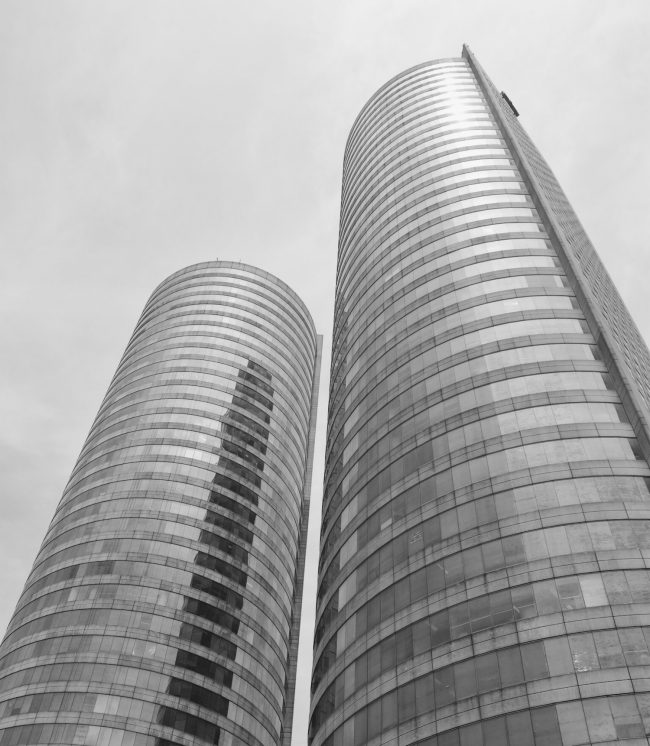
The World Trade Centre, one among many well-known places in the city that witnessed the horrors of the conflict. Image credit: Roar.lk/Minaali Haputantri
The World Trade Centre looms high and mighty in the heart of Colombo. The Hotel Galadari remains as elegant as ever. These buildings, too, have their share of dark stories to tell.
On October 15, 1997, the LTTE drove a container truck laden with explosives to the car park of the Galadari Hotel near the Financial Centre of the World Trade Centre.
Shortly afterwards, members of the terror outfit shot at the truck, causing it to blow up, resulting in the death of over 15 people, and injuring hundreds.
Over 50 victims who were wounded in the attack were reported to have been foreigners.
The bomb blast was followed by a gun attack, where the security forces shot dead at least 50 separatist rebels.
An Asylum In The City
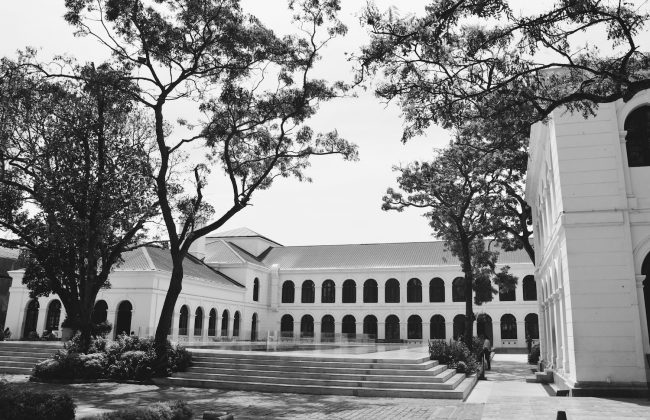
One of the city’s favourite present day hang-out spots once housed a mental asylum. Image credit: Roar.lk/Minaali Haputantri
The corridors of the Arcade Independence Square are a nice place to stroll through, whether you’re there to browse through the designer clothing stores or just hang out – but believe it or not, there’s a less-than-cheerful history behind some of the buildings of the Arcade.
Few people know it, but the looming white walls, calming interiors, and lovely woodwork of this complex once housed the Jawatte Lunatic Asylum.
Originally constructed in 1889 for a total of Rs. 450,000, the building accommodated 400 patients in total.
However, within years of completion, the Asylum soon suffered from overcrowding, housing over 500 patients at a time. Civil servants called the state of the hospital “horrible”. Thus, in 1917, a larger facility was built and the patients were soon transferred in 1926 to what we know today as the Angoda Psychiatric Hospital.
Graves, Riots, And Dark Days
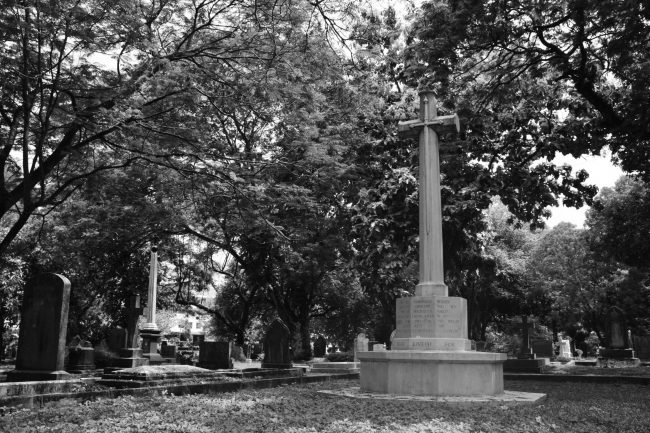
The Borella cemetery is one of Colombo’s most eerily beautiful locations. Image credit: Roar.lk/Minaali Haputantri
Graveyards are often spooky enough places to begin with, but the Borella Cemetery marks the end of this list because it is both a hauntingly beautiful place, and has some rather dark moments in its 170-year history.
One particular structure dominates the entire grounds and immediately catches everyone’s eye. It reads, “To the Honoured memory of the officers and men of his Majesty’s forces who gave their lives in the Great War 1914-1918, and whose bodies rest in this and other cemeteries in Ceylon.”
The cemetery is well known for becoming the final resting places for several famous individuals, and was also the starting point of one of the darkest moments in Sri Lankan history: this is the place from where the Black July riots were initiated.
Thirty-three years ago, the funeral ceremonies of thirteen soldiers killed by the LTTE were held at the Borella Cemetery, ignoring the standard procedure of returning the soldiers’ bodies to their respective families. What followed was deep anti-Tamil sentiments escalating into mob violence of the worst kind the island has ever seen. With riots erupting across the country and the ensuing curfew, the soldiers were in the end either cremated or buried in unmarked graves somewhere among hundreds of other graves in the Borella Cemetery.
It is strange how the most popular, obviously public places can hide the darkest of secrets. When you next visit these places, you might want to keep in mind what occurred at the very place where you are standing ‒ and, just in case, don’t forget to keep an eye out for any ghastly apparition or shadowy figure that may be lurking in the background.
Featured image credit: Roar.lk/Minaali Haputantri



